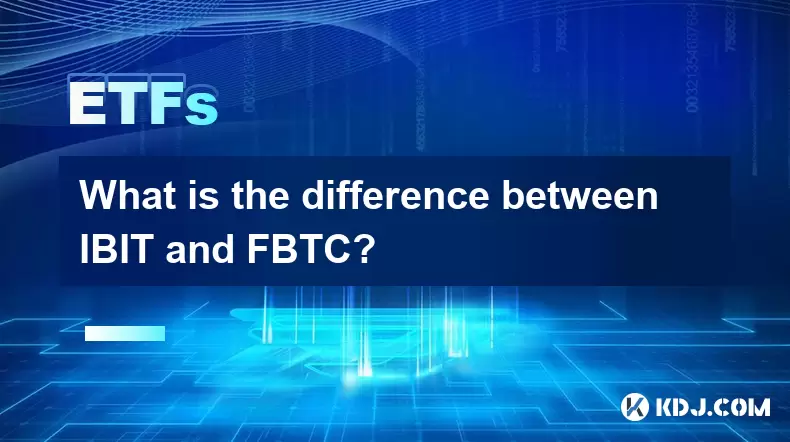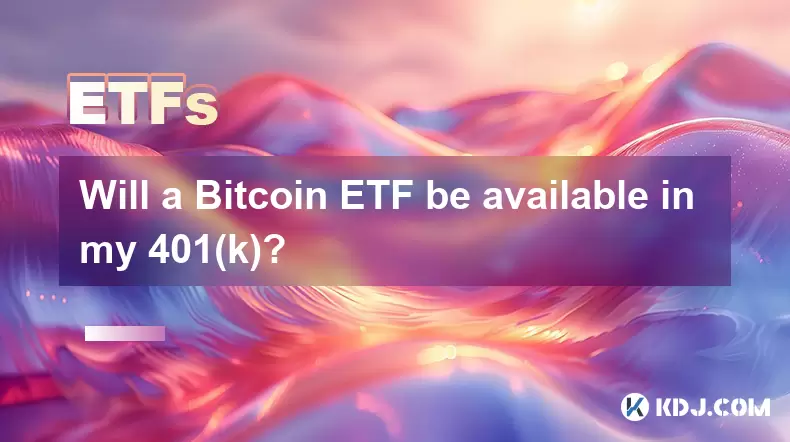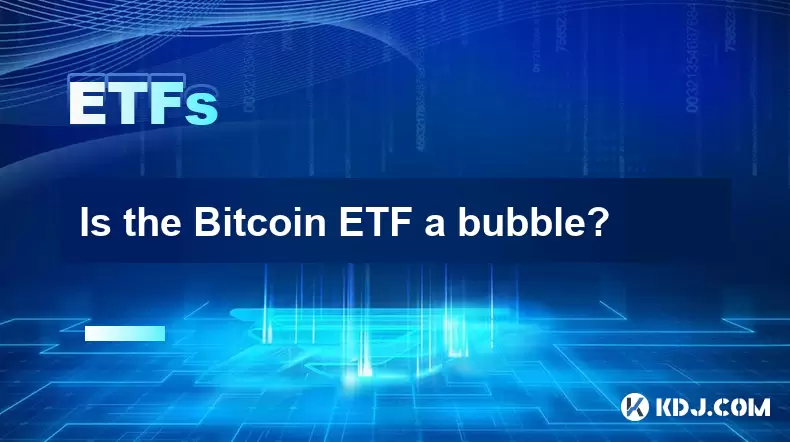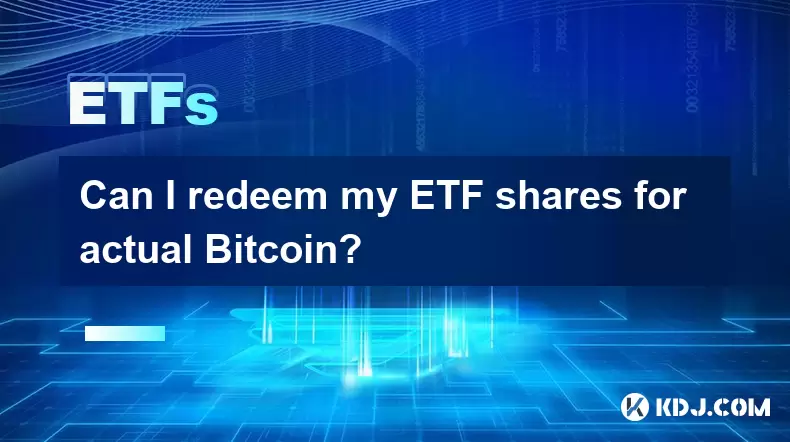-
 Bitcoin
Bitcoin $118600
-1.19% -
 Ethereum
Ethereum $3633
-2.99% -
 XRP
XRP $3.191
-10.14% -
 Tether USDt
Tether USDt $1.000
0.01% -
 BNB
BNB $776.1
-1.34% -
 Solana
Solana $189.7
-7.51% -
 USDC
USDC $0.0000
0.02% -
 Dogecoin
Dogecoin $0.2413
-10.49% -
 TRON
TRON $0.3099
-1.92% -
 Cardano
Cardano $0.8182
-9.31% -
 Hyperliquid
Hyperliquid $43.77
-4.82% -
 Stellar
Stellar $0.4286
-9.27% -
 Sui
Sui $3.717
-7.35% -
 Chainlink
Chainlink $18.22
-7.31% -
 Hedera
Hedera $0.2465
-9.91% -
 Bitcoin Cash
Bitcoin Cash $512.4
-2.64% -
 Avalanche
Avalanche $23.98
-6.82% -
 Litecoin
Litecoin $112.5
-5.53% -
 UNUS SED LEO
UNUS SED LEO $8.969
-0.24% -
 Shiba Inu
Shiba Inu $0.00001388
-10.11% -
 Toncoin
Toncoin $3.194
-4.31% -
 Ethena USDe
Ethena USDe $1.001
0.00% -
 Polkadot
Polkadot $4.128
-8.96% -
 Uniswap
Uniswap $10.19
-5.28% -
 Monero
Monero $313.7
-2.80% -
 Bitget Token
Bitget Token $4.712
-2.96% -
 Dai
Dai $0.0000
0.01% -
 Pepe
Pepe $0.00001275
-9.75% -
 Aave
Aave $291.4
-6.25% -
 Bittensor
Bittensor $426.7
-5.38%
What is the difference between IBIT and FBTC?
BlackRock's IBIT and Fidelity's FBTC are Bitcoin ETFs with differences in fees, liquidity, and issuer reputation.
Jul 23, 2025 at 01:56 am

Understanding the Core Differences Between IBIT and FBTC
When comparing IBIT and FBTC, it's essential to understand that both are Bitcoin exchange-traded funds (ETFs) designed to offer investors exposure to Bitcoin without directly holding the cryptocurrency. However, there are notable distinctions between them in terms of issuer, structure, fees, and performance.
BlackRock’s IBIT (iShares Bitcoin Trust) is one of the newer entrants in the ETF space, launched by BlackRock, a global asset management giant. On the other hand, FBTC (Bitcoin Fund) has been around longer and was introduced by Fidelity Investments. These two funds differ primarily in their fee structures and market positioning.
One key difference lies in expense ratios. IBIT offers a relatively low annual expense ratio, which can be appealing to cost-conscious investors. In contrast, FBTC historically had a higher fee structure before recent reductions. Investors should carefully compare these costs as they directly impact long-term returns.
Another important aspect is the liquidity and trading volume. While both funds trade on major exchanges like Nasdaq, IBIT has seen significant inflows and growing daily trading volumes since its launch. FBTC, being an earlier product, has established a solid track record but may not always match IBIT’s momentum in terms of daily trading activity.
How IBIT and FBTC Track Bitcoin
Both IBIT and FBTC aim to reflect the price of Bitcoin by holding physical Bitcoin in trust. The trusts are structured so that each share represents a fractional ownership in the underlying Bitcoin held by the fund. This means that the net asset value (NAV) of each fund fluctuates in line with Bitcoin’s market price.
However, the way each fund manages custody and reporting varies slightly. IBIT benefits from BlackRock’s robust infrastructure and custodial partnerships, ensuring secure storage and transparent reporting. FBTC, backed by Fidelity Digital Assets, also provides institutional-grade security but may appeal more to those already familiar with Fidelity’s ecosystem.
It’s crucial to note that while both funds hold Bitcoin directly, they are not spot Bitcoin ETFs in the traditional sense. Instead, they are structured as grantor trusts, meaning they do not have the same regulatory classification as some other ETFs. This distinction affects how they are taxed and traded in secondary markets.
Fee Structures and Expense Ratios Compared
Expense ratios play a critical role in investment decisions, especially for long-term holders. Let’s break down the current fee structures:
- IBIT currently has an expense ratio of 0.12%, making it one of the most competitively priced Bitcoin ETFs available.
- FBTC reduced its expense ratio from 0.75% to 0.25% to remain competitive, particularly after the launch of IBIT and other lower-cost alternatives.
While both funds have made efforts to reduce costs, the gap remains in favor of IBIT. For investors planning to hold shares over extended periods, even small differences in fees can accumulate significantly over time. Therefore, understanding the implications of these fees is vital when choosing between IBIT and FBTC.
Liquidity and Market Performance
Liquidity is another crucial factor when evaluating ETFs. High liquidity ensures ease of entry and exit without substantial slippage. Since its launch, IBIT has attracted large inflows, contributing to its strong bid-ask spreads and tight trading ranges. Institutional adoption and retail interest have further bolstered its liquidity profile.
Conversely, FBTC has demonstrated consistent liquidity over time. Although it may not always match IBIT’s trading volumes, it remains a reliable option for investors seeking stable access to Bitcoin through an ETF structure. Traders should monitor real-time data on volume and spreads to make informed decisions based on current market conditions.
Additionally, premiums or discounts to NAV can occur due to supply and demand dynamics in the open market. Both IBIT and FBTC have experienced such deviations at times, though typically within manageable levels compared to other crypto-related instruments.
Tax Considerations and Investor Suitability
From a tax perspective, both IBIT and FBTC are treated differently than traditional ETFs. Because they are structured as grantor trusts, investors receive K-1 tax forms instead of the more common 1099. This can complicate tax filings and may not be ideal for all investors, especially those who prefer simplicity.
Moreover, U.S. investors should be aware that gains from these funds are generally taxed as collectibles under current IRS guidelines, which could result in higher tax rates compared to standard capital gains. Non-U.S. investors may face different tax treatments depending on local regulations.
Investors should evaluate whether the convenience of using an ETF outweighs the potential complexities associated with taxation and reporting. Those comfortable with K-1 forms and collectible tax treatment may find either fund suitable, while others might prefer alternative vehicles such as futures-based ETFs or direct crypto holdings.
Frequently Asked Questions
Can I convert my existing FBTC holdings into IBIT?
There is no direct conversion mechanism between FBTC and IBIT. However, you can sell your FBTC shares and purchase IBIT shares if desired. Be mindful of transaction costs and potential tax implications when executing such trades.
Are IBIT and FBTC available for retirement accounts?
Yes, both IBIT and FBTC can be held in certain retirement accounts such as IRAs, provided your brokerage platform supports them. Always consult with a financial advisor or custodian to confirm eligibility and understand any restrictions.
Do IBIT and FBTC pay dividends?
Neither IBIT nor FBTC pays dividends. Since these funds are structured as grantor trusts holding Bitcoin, there is no income generated from dividends or interest distributed to shareholders.
Which fund is better for short-term trading?
For short-term traders, liquidity and bid-ask spreads are crucial. Currently, IBIT tends to offer tighter spreads and higher average daily volume, making it potentially more suitable for active traders. However, FBTC remains a viable option with adequate liquidity for many trading strategies.
Disclaimer:info@kdj.com
The information provided is not trading advice. kdj.com does not assume any responsibility for any investments made based on the information provided in this article. Cryptocurrencies are highly volatile and it is highly recommended that you invest with caution after thorough research!
If you believe that the content used on this website infringes your copyright, please contact us immediately (info@kdj.com) and we will delete it promptly.
- Score Big This Season with the BetMGM Bonus Code: Your Ticket to MLB Bonus Bets!
- 2025-07-24 06:50:12
- Bitcoin: From Digital Gold Rush to Evolving Asset Class
- 2025-07-24 06:50:12
- Bitcoin, Lightning Network, and Block Inc.: A New York Minute on Crypto's Mainstream Moment
- 2025-07-24 07:10:12
- PUMP Token: No Airdrop, But What's the Plan?
- 2025-07-24 07:10:12
- Asymmetric Shifts, Investor Losses, and Bold Strategies in Crypto: A New Era?
- 2025-07-24 07:15:12
- Crypto Trading 2025: AI Analytics, Binance Fees, and the Rise of Utility Tokens
- 2025-07-24 07:15:12
Related knowledge

What is the best platform to trade Bitcoin ETFs?
Jul 23,2025 at 04:14am
Understanding Bitcoin ETFs and Their Role in TradingBitcoin Exchange-Traded Funds (ETFs) have gained significant traction among traditional and crypto...

What is the best platform to trade Bitcoin ETFs?
Jul 17,2025 at 03:50pm
Understanding Bitcoin ETFs and Their Role in the MarketBitcoin Exchange-Traded Funds (ETFs) are investment vehicles that track the price of Bitcoin wi...

Will a Bitcoin ETF be available in my 401(k)?
Jul 17,2025 at 10:42pm
What is a Bitcoin ETF?A Bitcoin ETF (Exchange-Traded Fund) is an investment vehicle that tracks the price of Bitcoin without requiring investors to di...

Who is the authorized participant for a Bitcoin ETF?
Jul 18,2025 at 12:42am
Understanding the Role of Authorized Participants in Bitcoin ETFsIn the context of Bitcoin Exchange-Traded Funds (ETFs), an authorized participant (AP...

Is the Bitcoin ETF a bubble?
Jul 20,2025 at 06:57am
Understanding the Bitcoin ETF ConceptA Bitcoin Exchange-Traded Fund (ETF) is a financial product that aims to track the price of Bitcoin without requi...

Can I redeem my ETF shares for actual Bitcoin?
Jul 17,2025 at 03:14pm
Understanding ETF Shares and Their Relation to BitcoinExchange-Traded Funds (ETFs) have become a popular investment vehicle for those looking to gain ...

What is the best platform to trade Bitcoin ETFs?
Jul 23,2025 at 04:14am
Understanding Bitcoin ETFs and Their Role in TradingBitcoin Exchange-Traded Funds (ETFs) have gained significant traction among traditional and crypto...

What is the best platform to trade Bitcoin ETFs?
Jul 17,2025 at 03:50pm
Understanding Bitcoin ETFs and Their Role in the MarketBitcoin Exchange-Traded Funds (ETFs) are investment vehicles that track the price of Bitcoin wi...

Will a Bitcoin ETF be available in my 401(k)?
Jul 17,2025 at 10:42pm
What is a Bitcoin ETF?A Bitcoin ETF (Exchange-Traded Fund) is an investment vehicle that tracks the price of Bitcoin without requiring investors to di...

Who is the authorized participant for a Bitcoin ETF?
Jul 18,2025 at 12:42am
Understanding the Role of Authorized Participants in Bitcoin ETFsIn the context of Bitcoin Exchange-Traded Funds (ETFs), an authorized participant (AP...

Is the Bitcoin ETF a bubble?
Jul 20,2025 at 06:57am
Understanding the Bitcoin ETF ConceptA Bitcoin Exchange-Traded Fund (ETF) is a financial product that aims to track the price of Bitcoin without requi...

Can I redeem my ETF shares for actual Bitcoin?
Jul 17,2025 at 03:14pm
Understanding ETF Shares and Their Relation to BitcoinExchange-Traded Funds (ETFs) have become a popular investment vehicle for those looking to gain ...
See all articles

























































































